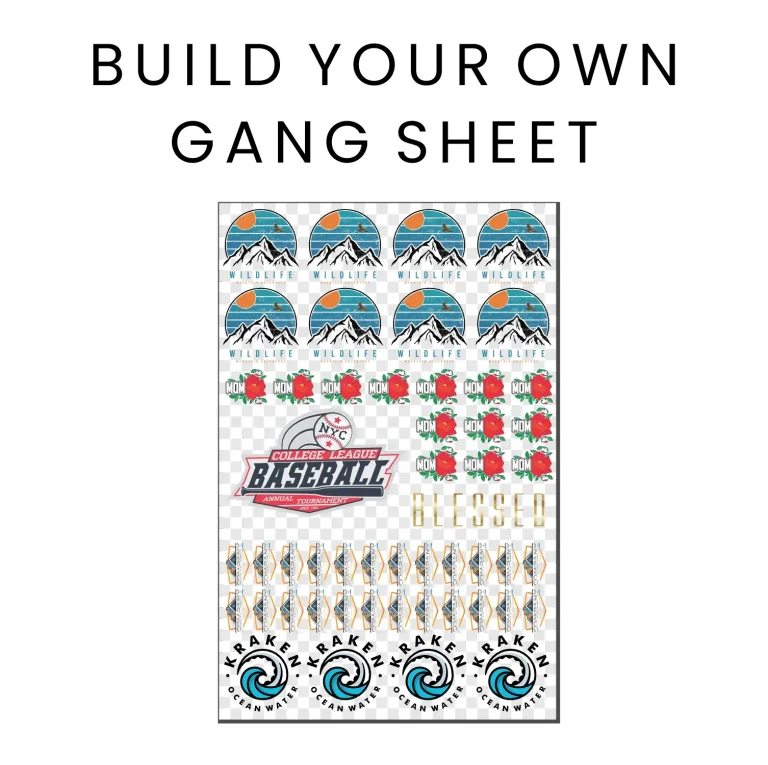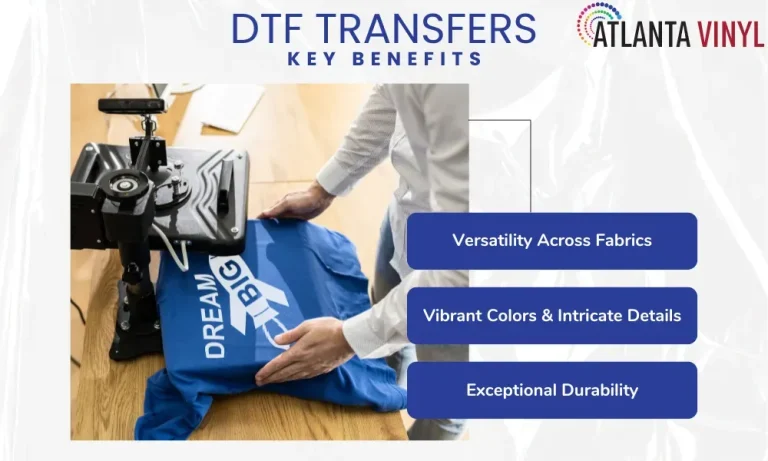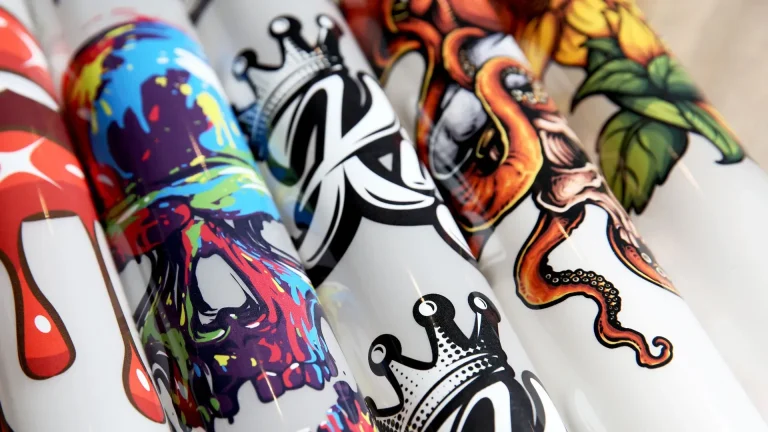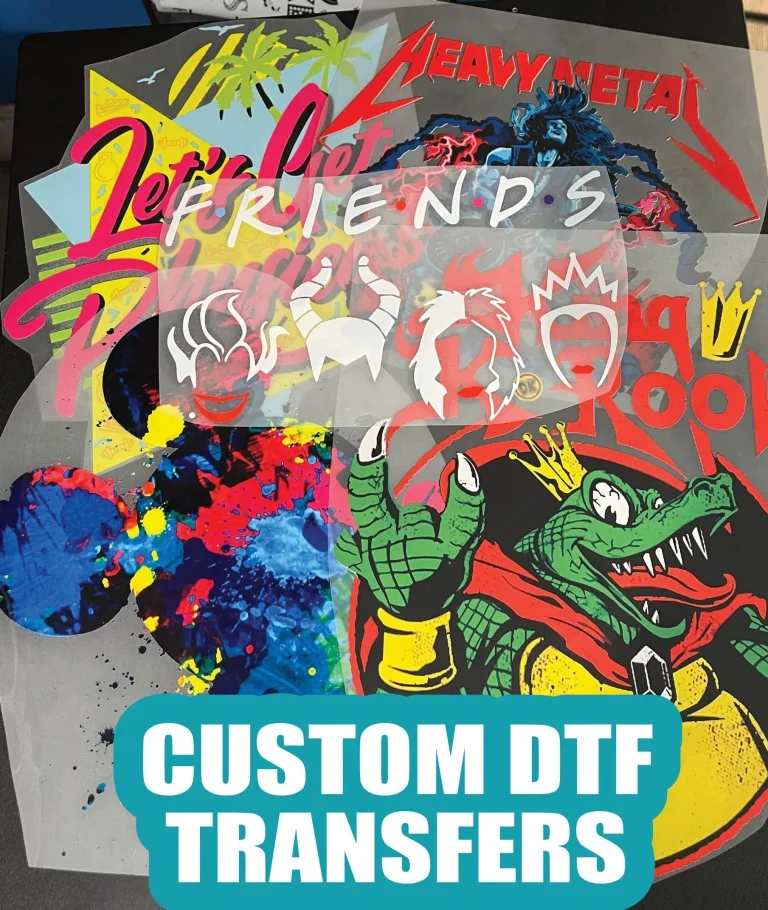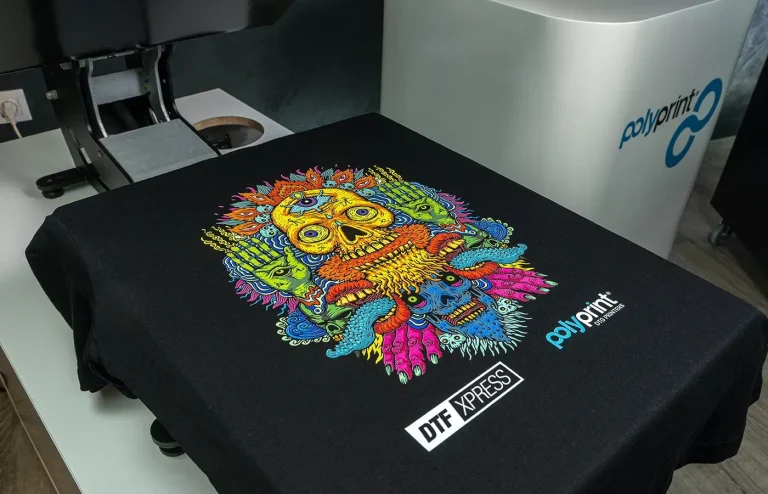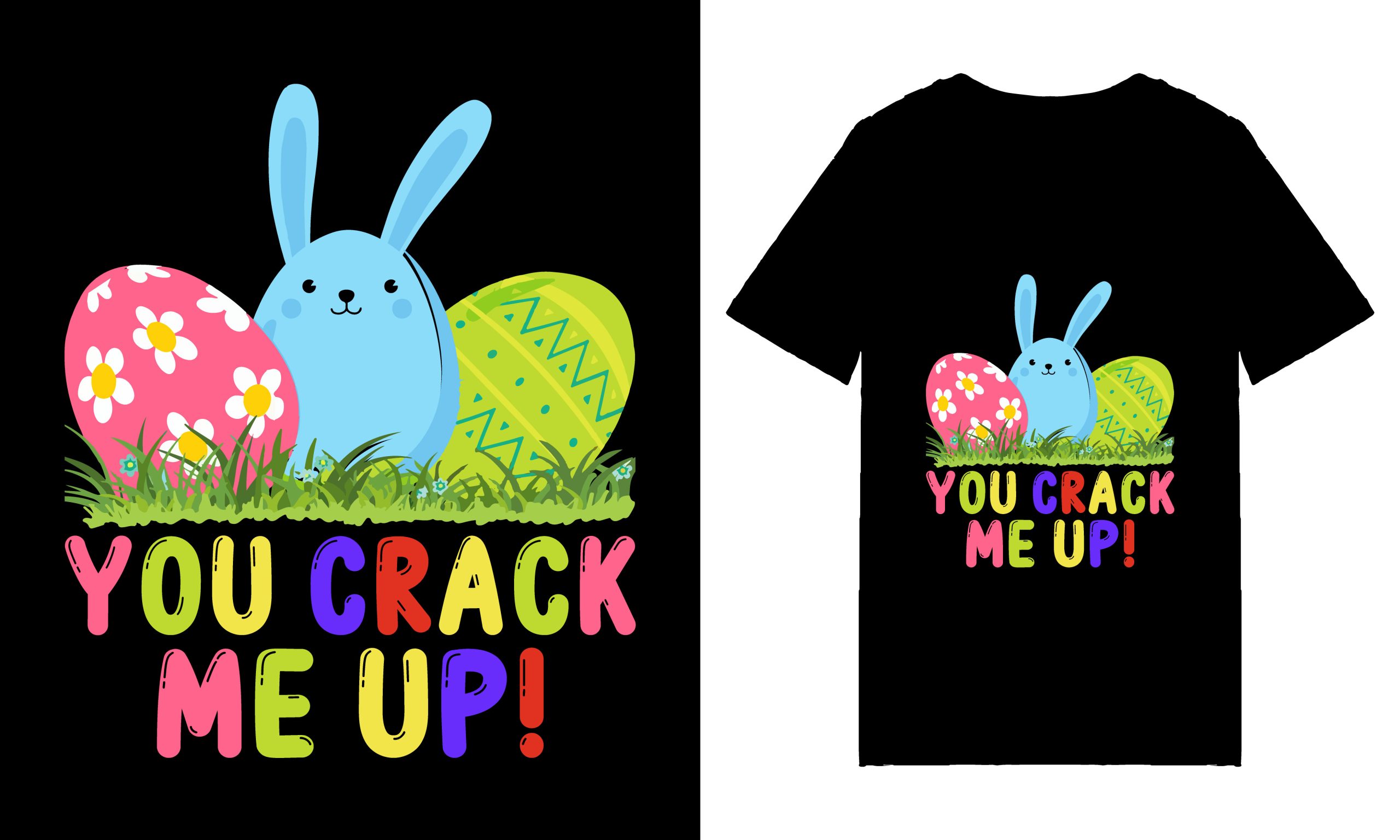
DTF transfers, short for Direct to Film transfers, are revolutionizing the textile printing industry with their ability to produce vivid and intricate designs on a wide variety of fabrics. This innovative method stands out for its ease of use and reliability, making it a favorite among both small businesses and crafting enthusiasts. Unlike traditional techniques like Direct to Garment (DTG) printing or heat transfer vinyl, DTF transfers leverage a unique adhesive powder to ensure a strong bond between the design and the fabric. Additionally, they offer a versatile approach, accommodating everything from bold graphics to delicate details with vibrant color accuracy. As we explore the benefits of DTF transfers alongside other printing techniques like screen printing, it’s clear that this method is setting a new standard in custom apparel creation.
Known in the industry as Direct to Film printing, DTF transfers have emerged as a competitive alternative to conventional methods like screen printing and heat transfer vinyl. This approach is gaining traction for its ability to deliver stunning results without the complexities often associated with other printing techniques. By utilizing specialized films and a unique heat transfer process, this printing method can efficiently produce high-quality designs on various materials, appealing to a broad audience of consumers and creators alike. As we delve deeper into the possibilities offered by DTF transfers, it becomes evident that this innovative technique holds great potential for those seeking to enhance their custom apparel offerings.
Understanding the DTF Printing Process
The DTF printing process involves printing a design onto a special film that is subsequently transferred to fabric using heat. This innovative approach allows for complex designs to be applied seamlessly across a wide array of textiles, including but not limited to cotton, polyester, and blends. It begins with the design being printed in reverse on the DTF film, followed by a dusting of adhesive powder that causes the ink to adhere to the fabric upon pressing. This method not only creates bright, lasting colors but also ensures that the designs maintain their precision and vibrancy, making them ideal for custom apparel.
Unlike traditional methods such as direct to garment (DTG) and screen printing, DTF printing is notable for its minimal setup time and reduced preparation requirements. Because the printing occurs on a film rather than directly on the garment, there’s flexibility in the order size, whether large batches or one-off prints. This adaptability significantly lowers costs for small-scale productions, allowing new businesses to enter the custom printing market without heavy investments in equipment and setup.
DTF Transfers Compared to Direct to Garment Printing
When looking at DTF transfers versus direct to garment printing, it’s essential to recognize that each technique has unique strengths. DTG printing is renowned for producing exceptional quality on complex designs, especially with multiple colors. However, DTF excels in cost-effectiveness, particularly for shorter runs. While DTG can incur higher expenses due to its reliance on white ink for printing on dark fabrics, DTF simplifies the process, making it an attractive alternative for businesses looking to optimize production costs.
Moreover, the versatility of DTF transfers makes it an advantageous choice when working with diverse fabric types and designs. Unlike DTG, which can struggle with fabric variances and may require pre-treatment, DTF transfers can bond seamlessly with various textiles, ensuring high fidelity in detailed graphics and a soft hand feel. This capability positions DTF as a preferred method for businesses catering to a wide range of customer needs, enhancing product offerings without sacrificing quality.
The Benefits of Choosing DTF Transfers Over HTV
Choosing DTF transfers over heat transfer vinyl (HTV) offers numerous benefits that appeal to designers and businesses alike. Unlike HTV, which requires cutting and weeding the vinyl before application, DTF allows for direct printing of complex artwork. This eliminates the hassle of intricate manual work and opens the pathway for comprehensive color options, including gradients and shading that HTV cannot achieve without layers. Consequently, designers can unleash their creativity without being limited by the constraints of vinyl’s rigid forms.
Additionally, DTF transfers provide enhanced durability compared to HTV products. While HTV may peel or crack with wear, DTF prints are bonded deeply into the fabric, ensuring resilience over time with proper application. This longevity means that custom apparel created using DTF can maintain its aesthetic appeal through multiple washes and uses, thereby increasing customer satisfaction and reducing return rates.
Examining DTF Transfers and Screen Printing
When measuring DTF transfers against screen printing, the key distinctions become evident in both production efficiency and design flexibility. Screen printing is well-known for its cost-effectiveness in large volume orders, but it requires extensive setup and is less adaptable to fine detail and color variations. In contrast, DTF printing offers a streamlined process that facilitates quick turnarounds for smaller batches, making it ideal for businesses aiming for customization and immediate delivery.
Furthermore, while screen printing may provide durability, DTF transfers have made significant strides in quality assurance, especially as technology advances. As such, businesses are drawn to DTF’s capability to deliver beautifully detailed prints on demand, without the limitations of large order minimums that screen printing often imposes. This increased accessibility gives entrepreneurs and designers the freedom to experiment with their work, scaling their production in alignment with market demand.
Exploring the Advantages of DTF Transfers
The rise of DTF transfers within the printing landscape can be attributed to several key advantages. Firstly, their versatility makes them suitable for a variety of materials, including natural and synthetic fabrics, opening countless possibilities for custom designs. Businesses no longer need to restrict their offerings to a single fabric type, allowing for a more extensive product range that appeals to various customer preferences and market segments.
Secondly, the cost-effectiveness of DTF transfers has revolutionized small-scale printing. By minimizing material waste and reducing the need for large setups, companies can produce high-quality prints economically. This financial efficiency is instrumental for startups and small businesses, enabling them to compete in a marketplace often dominated by larger players with established screen printing and DTG capabilities.
Future Trends in DTF Printing: What Lies Ahead
As the demand for personalized and custom apparel escalates, the future of DTF printing appears promising. The technology is continuously evolving, with newer printers being introduced that enhance quality and reduce processing times. This evolution not only supports high-resolution printing but also facilitates a broader range of applications beyond textiles, including accessories and promotional materials.
Industry experts predict that as DTF technology matures, it will dominate niche markets that require fast turnaround times and superior color reproduction. Businesses embracing these advancements will likely maintain a competitive edge, especially in sectors focused on customization. Therefore, staying updated with the latest trends and technologies in DTF printing will be vital for entrepreneurs aiming to thrive in this dynamic marketplace.
Frequently Asked Questions
What are DTF Transfers and how do they compare to other printing techniques?
DTF Transfers, or Direct to Film transfers, involve printing designs on a special film which is then heat pressed onto fabric. Compared to other techniques like Direct to Garment (DTG) printing and screen printing, DTF allows for vibrant colors and detailed designs, making it ideal for various fabric types. DTF is particularly cost-effective for smaller runs and offers more versatility compared to traditional heat transfer vinyl (HTV).
How does DTF printing differ from Direct to Garment (DTG) printing?
DTF printing differs from Direct to Garment (DTG) printing primarily in process and cost-effectiveness. While DTG is great for detailed prints and offers high-quality output, it comes with higher costs, particularly for darker fabrics due to the need for a white base coat. In contrast, DTF printing is more cost-efficient for small orders and has fewer maintenance requirements, making it a practical choice for businesses looking to print intricate designs on various materials.
What advantages do DTF Transfers offer over heat transfer vinyl (HTV)?
DTF Transfers provide several advantages over heat transfer vinyl (HTV), including the ability to produce intricate designs with vibrant colors without the need for specialized cutting equipment. DTF is more versatile, allowing for a broader color palette and more complex patterns, making it suitable for a wider range of custom apparel. While HTV is best for simpler, smaller projects, DTF can accommodate larger and more detailed prints effectively.
Can DTF Transfers compete with screen printing for mass production?
While screen printing is traditionally known for high-volume production, DTF Transfers are emerging as a competitive alternative due to their reduced setup time and ability to handle on-demand printing. Although DTF may not yet match screen printing in durability for mass-produced items, advancements in technology are making DTF a viable option for businesses needing custom apparel with intricate designs.
What limitations should I be aware of when using DTF Transfers?
The primary limitations of DTF Transfers include potential durability issues compared to screen printing, especially if the prints are not cured properly. Additionally, the initial equipment costs can be a barrier for some businesses. It’s important to consider these factors when deciding whether DTF or another printing method is the best fit for your needs.
What trends are shaping the future of DTF Transfers in the printing industry?
The future of DTF Transfers is being shaped by increasing demand for personalized products, especially in the custom apparel market. As printing technology advances, we can expect improvements in print quality and efficiency. More businesses are recognizing the value DTF printing adds to their operations, particularly in creating customized merchandise, which positions DTF as a key player in the future of textile printing.
| Key Aspect | DTF Transfers | DTG Printing | HTV Printing | Screen Printing |
|---|---|---|---|---|
| Definition | Transfers designs using a special film and adhesive powder. | Prints directly onto garments using inkjet technology. | Cuts designs from vinyl sheets and heat presses onto fabric. | Prints designs using a mesh screen to transfer ink. |
| Versatility | Works on various materials and allows for intricate designs. | Highly effective for colorful, intricate designs, but less versatile. | Best for limited colors and smaller jobs. | Best for high-volume, cost-effective production, less versatile. |
| Cost-Effectiveness | Ideal for small runs without high costs. | Higher initial cost and maintenance for dark fabrics. | Economical for smaller designs but limited detail. | More economical for large orders, labor-intensive. |
| Detail and Durability | High color vibrancy and intricate detail. | High quality but less effective for bulk orders. | Less detail and durability for complex designs. | Durable for mass production but limited design complexity. |
| Suitability | Best for custom apparel and small batches. | Great for individual, high-quality prints. | Good for small, simple jobs. | Excellent for bulk orders with simpler designs. |
Summary
DTF Transfers present a transformative approach for anyone interested in custom printing. As a cutting-edge technology, DTF allows for vibrant, detailed designs on various fabrics, making it a preferred choice for both professionals and hobbyists. Compared to traditional methods like DTG, HTV, and screen printing, DTF excels in versatility and cost-effectiveness for smaller runs while maintaining impressive color vibrancy. Although challenges regarding equipment costs and print durability exist, the advancements in DTF technology clearly indicate its pivotal role in the future of textile printing. Embracing DTF transfers not only modernizes your printing capabilities but also enhances the overall creative experience.

